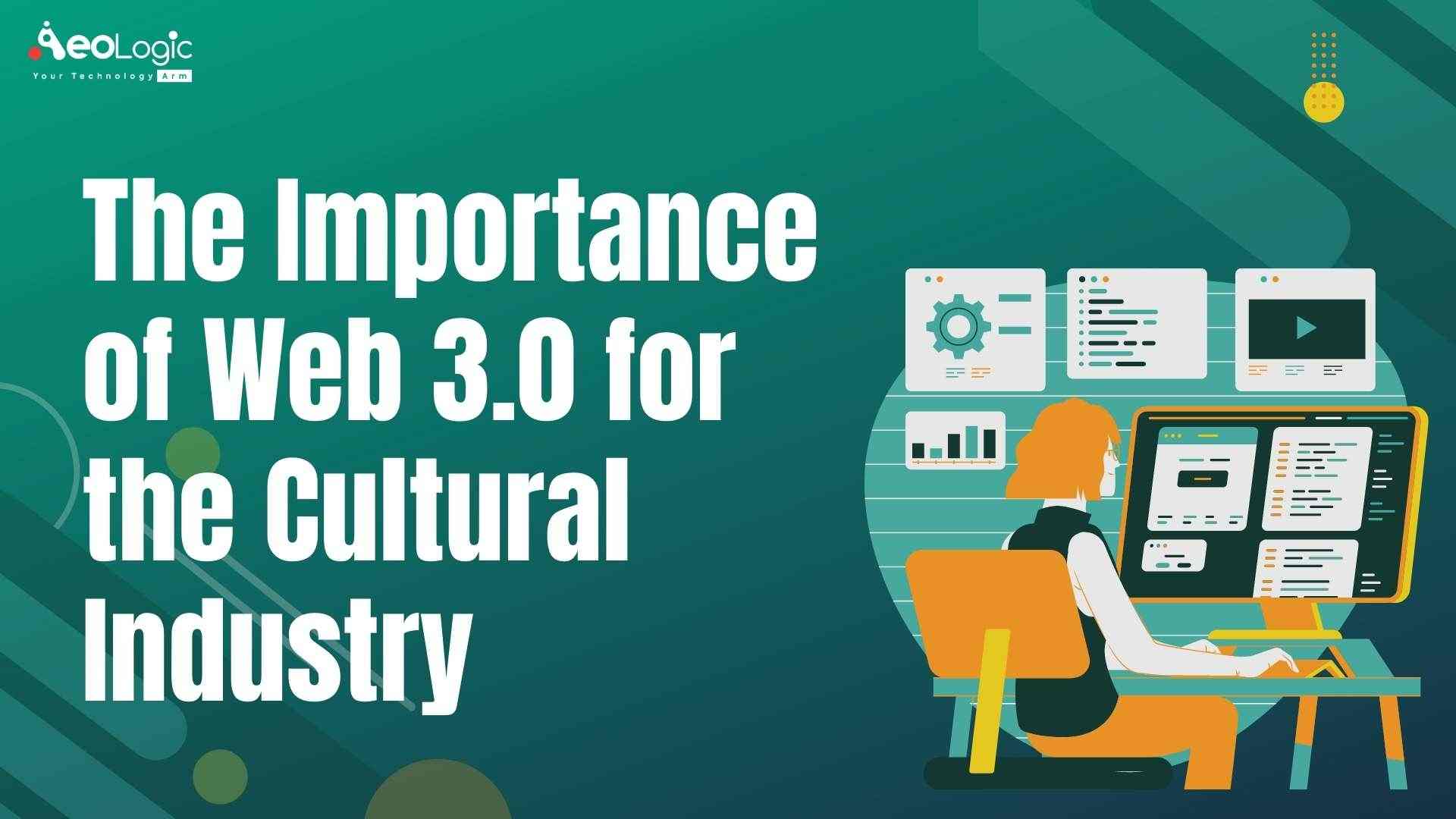Currently, many museums and cultural institutions are scrambling to find new ways to stay relevant and avoid becoming obsolete. This article explores how Web 3.0 technology can help the cultural industry maintain its relevance in our digital age.
The Importance of Web 3.0 for the Cultural Industry
Web 3.0 is the next stage in the evolution of the World Wide Web. It is a platform for creating and sharing knowledge, ideas, and content that is more interactive and collaborative than previous versions of the web.
The cultural industry includes sectors such as arts, entertainment, media, and tourism. The cultural sector is one of the fastest growing industries in the world, and it is increasingly reliant on digital technology.
Web 3.0 has the potential to transform the way that people create, consume, and share culture. It could make it easier for people to find and connect with others who share their interests, and it could enable new forms of collaboration and creativity.
The cultural industry is already starting to embrace Web 3.0 technologies. For example, museums are using social media to engage with visitors, and many cultural organizations are using online platforms to crowdsourcing funding or project ideas.
The full potential of Web 3.0 for the cultural sector has yet to be realized, but it holds great promise for making culture more accessible, participatory, and democratic.
Also Read: The Role Of Blockchain In Web 3.0 Evolution
Why is there a need for Web 3.0?
We are currently in the midst of a digital revolution, where society is increasingly relying on the internet for communication, entertainment, and work. The way we interact with the internet is changing, and as a result, there is a need for a new web that can accommodate these changes.
The current web was designed for a different era, and it is no longer able to keep up with our changing needs. For example, the centralized nature of the current web means that our data is stored in silos owned by big corporations. This centralization has led to a number of problems, including data breaches, censorship, and surveillance.
Web 3.0 is being designed to address these issues by decentralizing the web. This will allow us to take back control of our data and give us more privacy and security. In addition, decentralization will make the web more resilient to attacks and outages.
Overall, Web 3.0 promises to be a more user-friendly, secure, and private version of the internet that can better meet our needs in the digital age.
Examples of Web 3.0 in the Cultural Industry
The Web 3.0 is the next generation of the internet, where the focus is on connecting people and data. The cultural industry is one sector that stands to benefit greatly from this new web.
Some examples of how Web 3.0 can be used in the cultural industry include:
Making it easier for people to find and connect with each other. For example, a Web 3.0 platform could be used to create a social network for artists, or to connect fans with their favorite musicians.
Enabling better collaboration between artists and other creatives. A Web 3.0 platform could be used to allow musicians to share ideas and work on songs together, or to allow writers to collaborate on stories.
Helping people discovery new art and culture. A Web 3.0 platform could be used to recommend new music or books based on what a user has already enjoyed, or to help them find events and exhibitions happening near them.
Allowing people to interact with art and culture in new ways. A Web 3.0 platform could be used to create virtual reality experiences that transport users into another world, or to allow them to control music with their mindwaves.
Also Read: What Is Web 3.0 and How Can Businesses Benefit?
The Role of Web 3.0 in the Cultural Industry
Web 3.0 is the third generation of the World Wide Web, and it is ushering in a new era of possibilities for the cultural industry. With Web 3.0, the web is becoming more open, decentralized, and interconnected. This means that cultural institutions can now harness the power of the web to reach new audiences, create new experiences, and tell their stories in new ways.
The cultural industry is under pressure to keep up with the ever-changing landscape of technology and audience expectations. In order to stay relevant and engage with audiences on their terms, cultural institutions must adopt a Web 3.0 mindset. Here are three ways that Web 3.0 can help the cultural industry:
1. Reach new audiences: The open nature of Web 3.0 allows institutions to connect with potential visitors who might not have otherwise known about them. By creating a presence on decentralized platforms like IPFS and Ethereum, cultural institutions can make their content discoverable by anyone in the world with an internet connection.
2. Create new experiences: The interactivity and connectivity of Web 3.0 opens up new possibilities for engagement with audiences. Cultural institutions can use web-based technologies to create immersive experiences that go beyond traditional exhibitions and events.
3. Tell stories in new ways: The story of any institution is complex, and often told through different mediums such as text, audio, video, and images. With Web 3.0, these mediums can be combined into a single, interactive experience that allows audiences to explore the institution’s story in a deeper way.
Web 3.0 is still in its early stages, and the full potential of this new web is yet to be realized. However, the cultural industry must begin to experiment with these new technologies and platforms if they want to stay ahead of the curve.
Also Read: The Impact of Web 3 on the Business of Sports
Conclusion
Web 3.0 is more than just a buzzword — it’s a paradigm shift that is already underway, and one that will have a profound impact on the cultural industries. With its emphasis on user-generated content, decentralization, and interaction, Web 3.0 represents a major shift in how we interact with the internet and with each other. For the cultural industries, this new way of interacting presents both challenges and opportunities. It’s up to us to make sure that we are prepared for the changes that Web 3.0 will bring, so that we can make the most of its potential.
If you are planning to integrate technology into your business, our experts can help you materialize your vision. Please get in touch with us.
Related Blogs:
- How AI/ML Can Change the Public Transportation Industry
- Transforming Business With Digital Technology in the Oil Palm Industry in India
- Importance of Digital Asset Management in the Retail Industry
- How AI is Transforming the Agriculture Industry
- 10 Ways to Use Artificial Intelligence to Improve Business Processes
- The Future of IoT Technology in Convenience Stores
- Building Manufacturing Resilience Through AI and ML

I’m Deepika Pandey, an SEO strategist and content writer with 6+ years of experience. I create SEO-friendly content that drives traffic and engages readers. I combine data insights with creativity to help businesses grow their online presence effectively.





